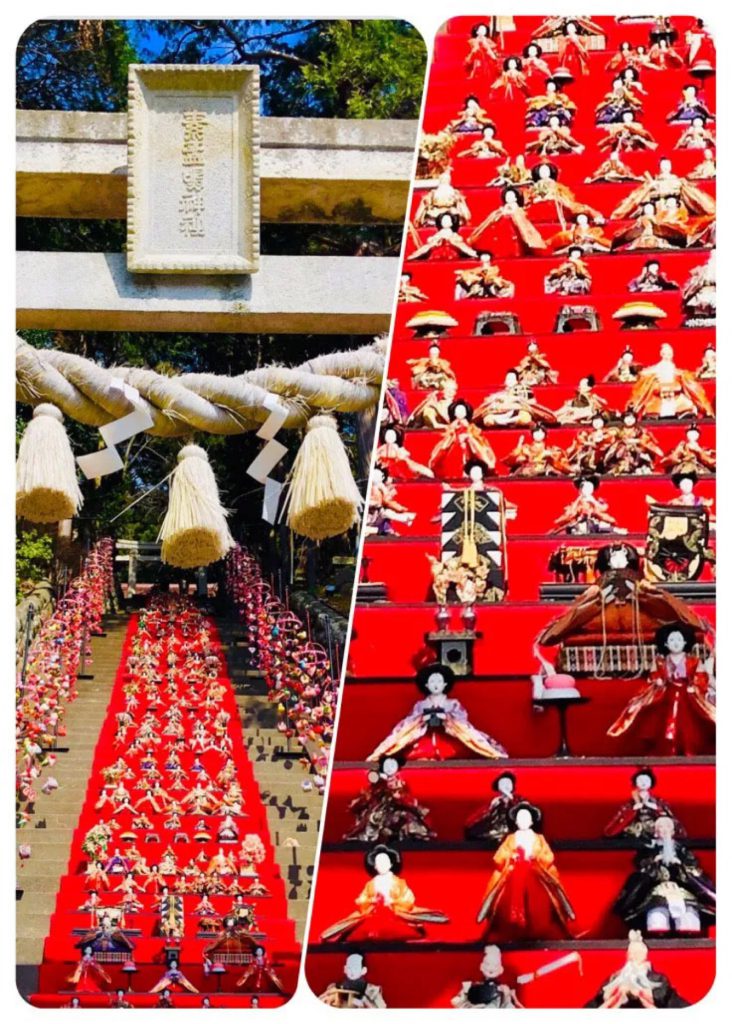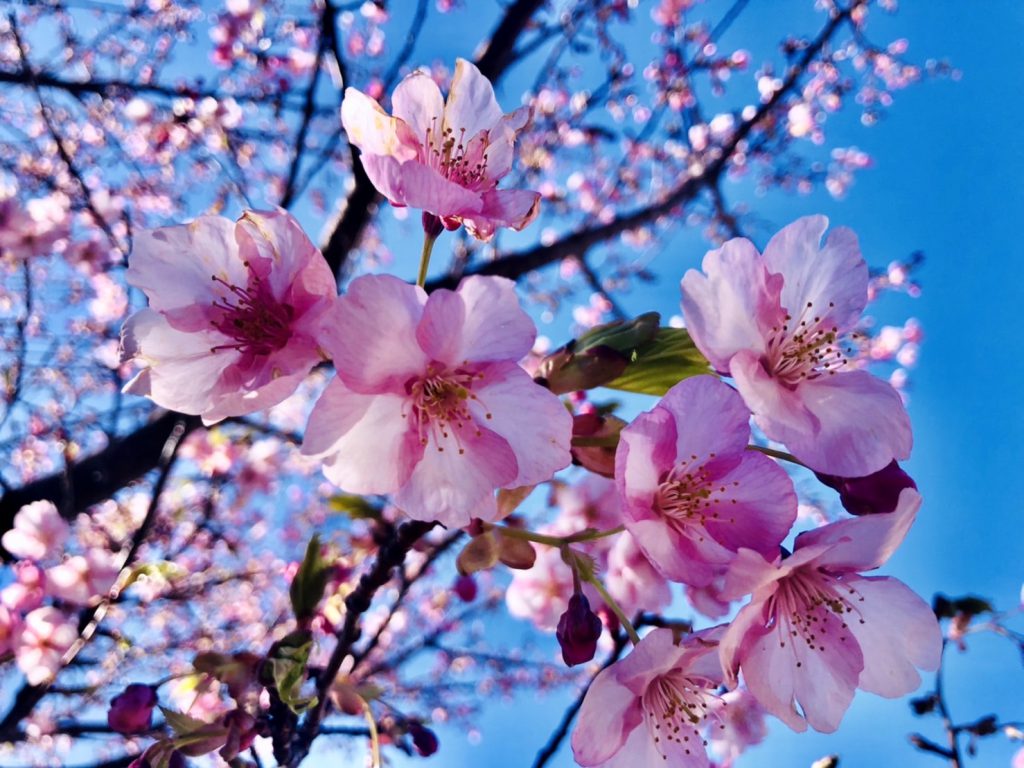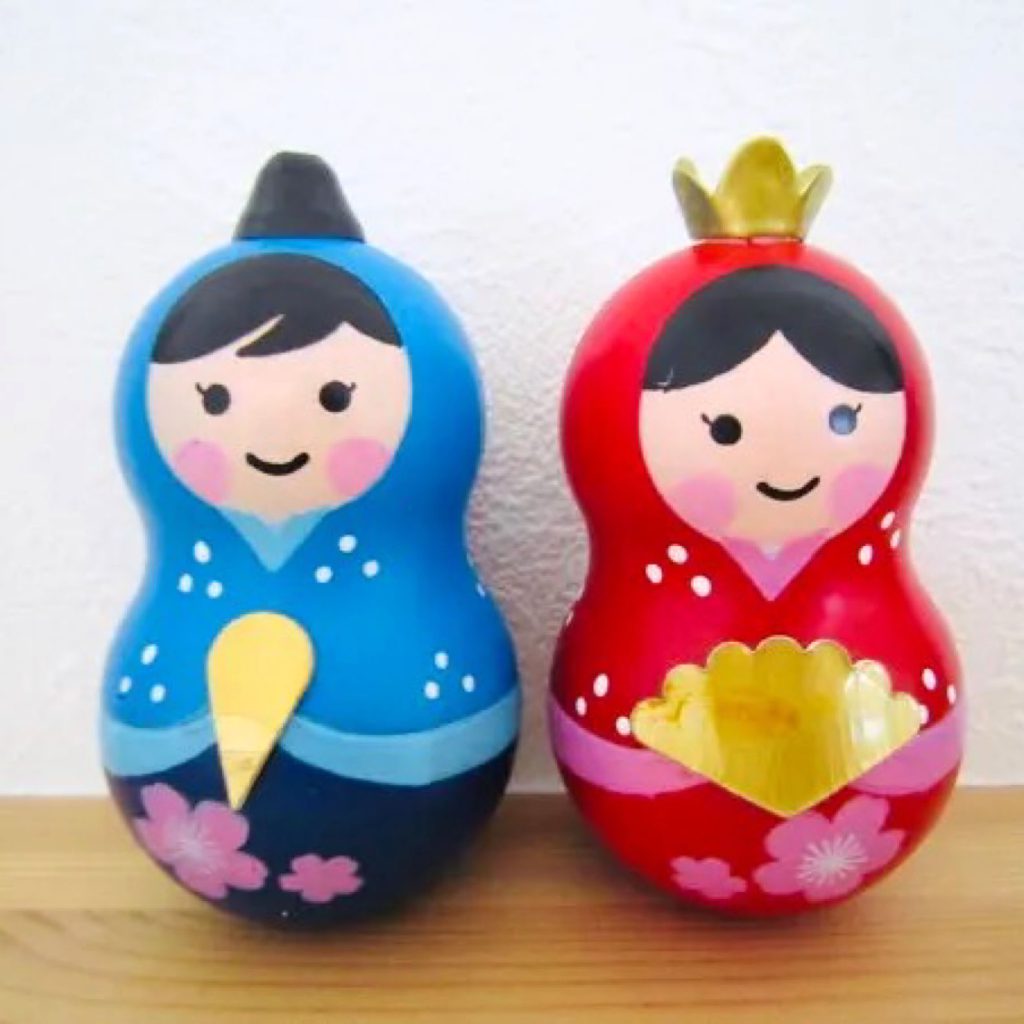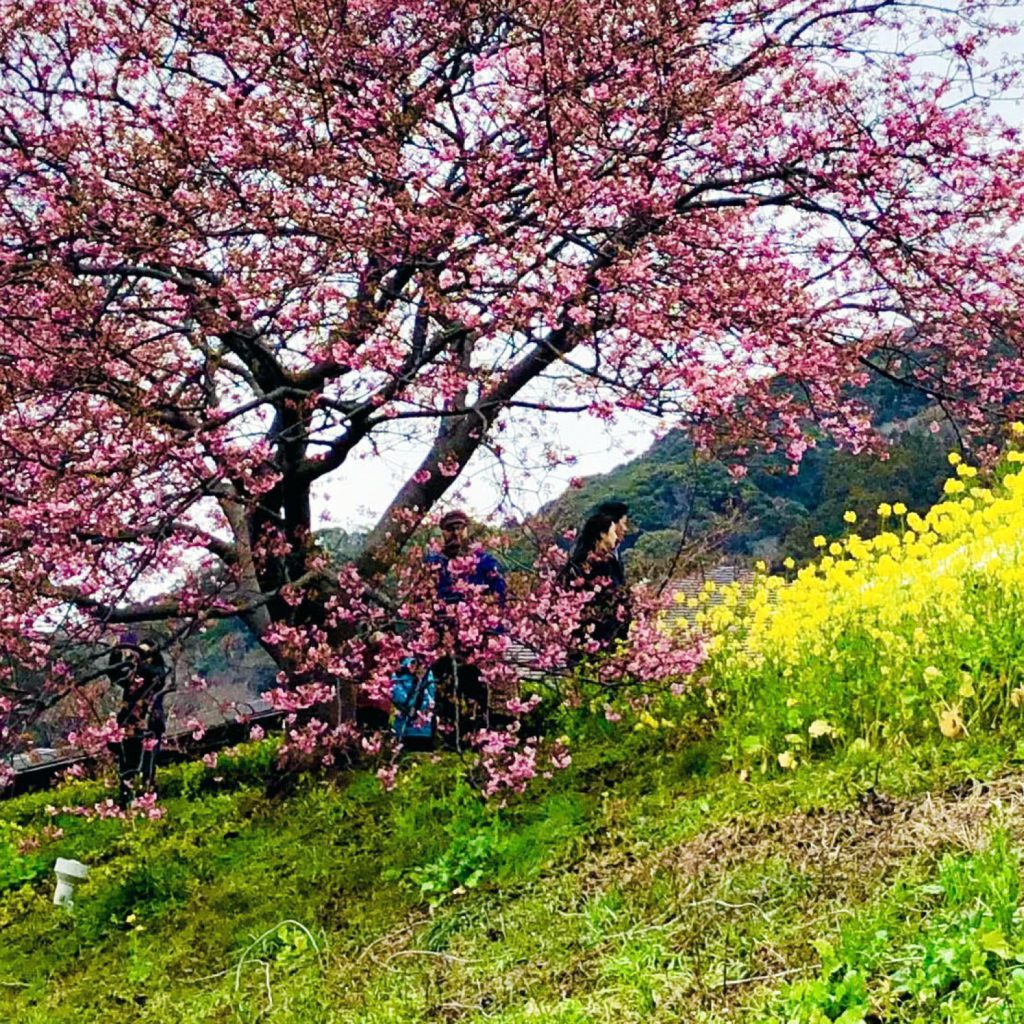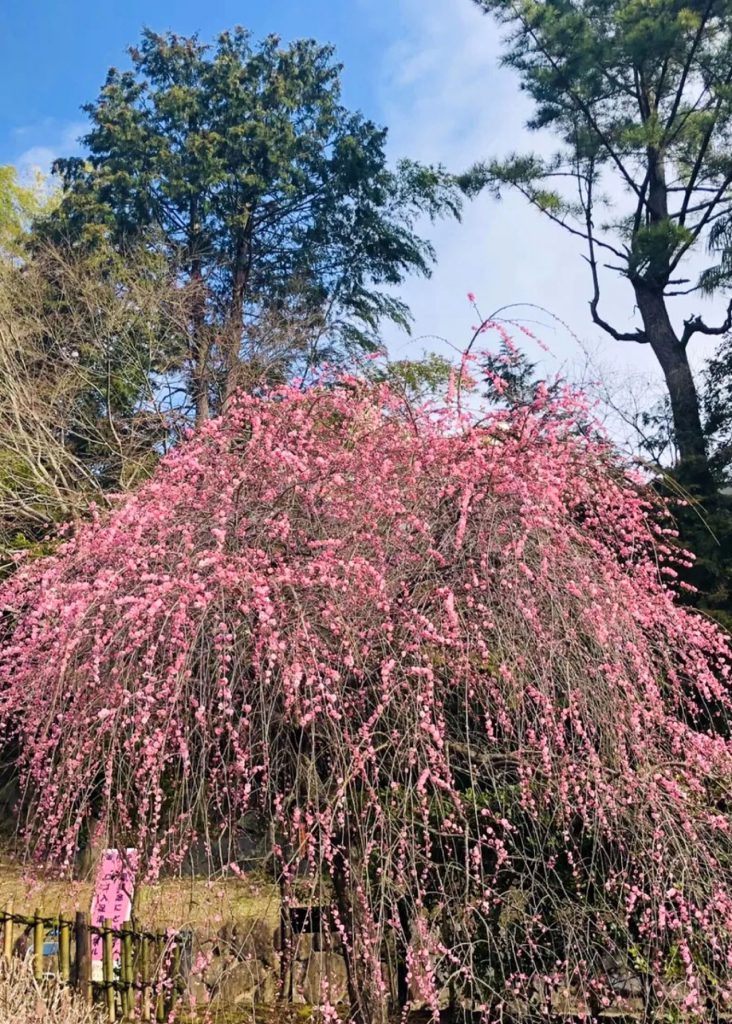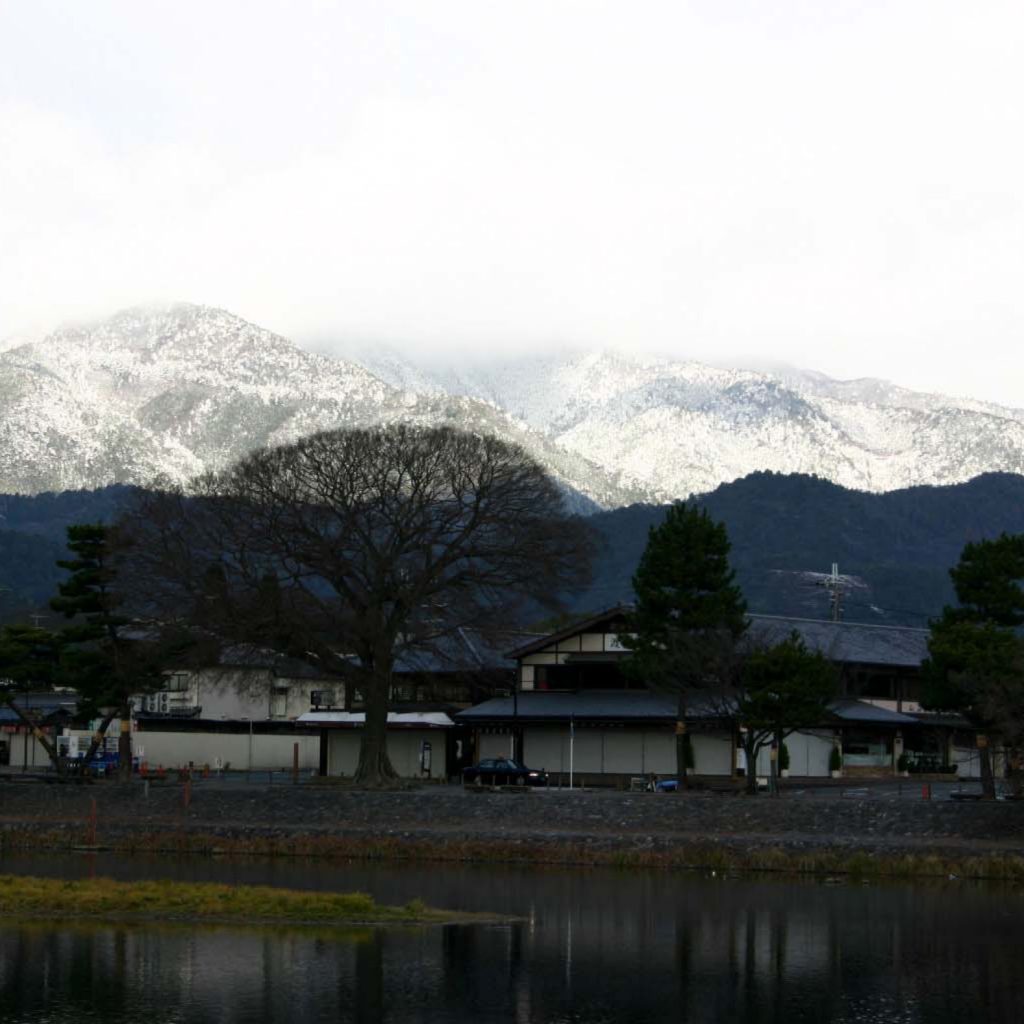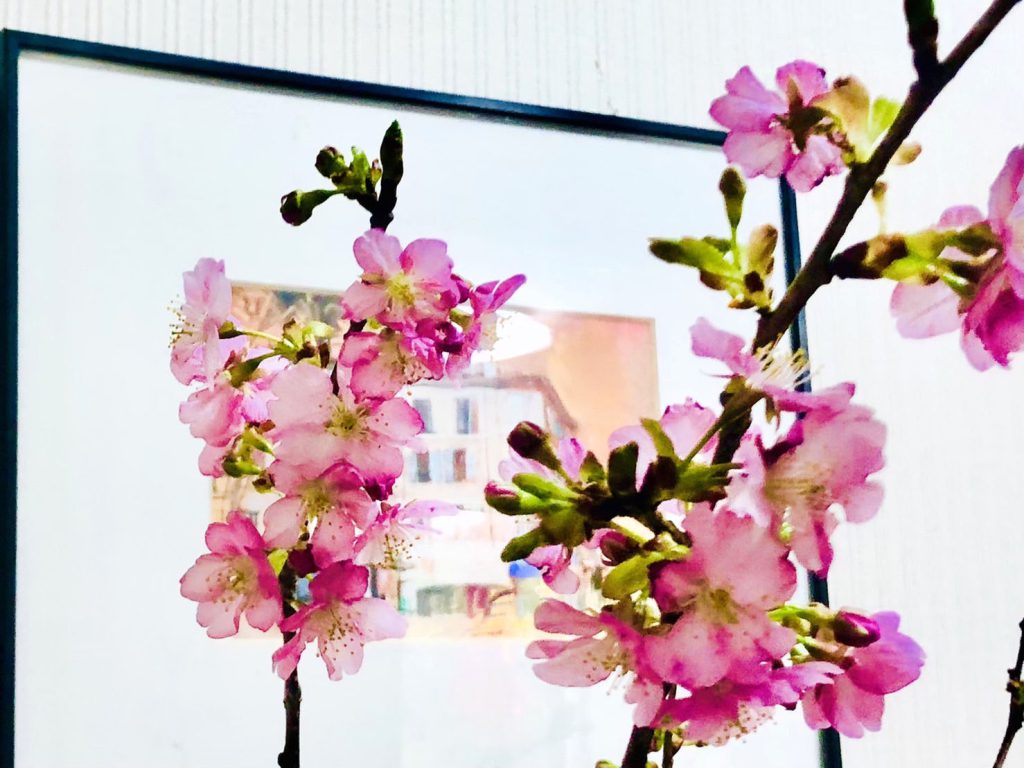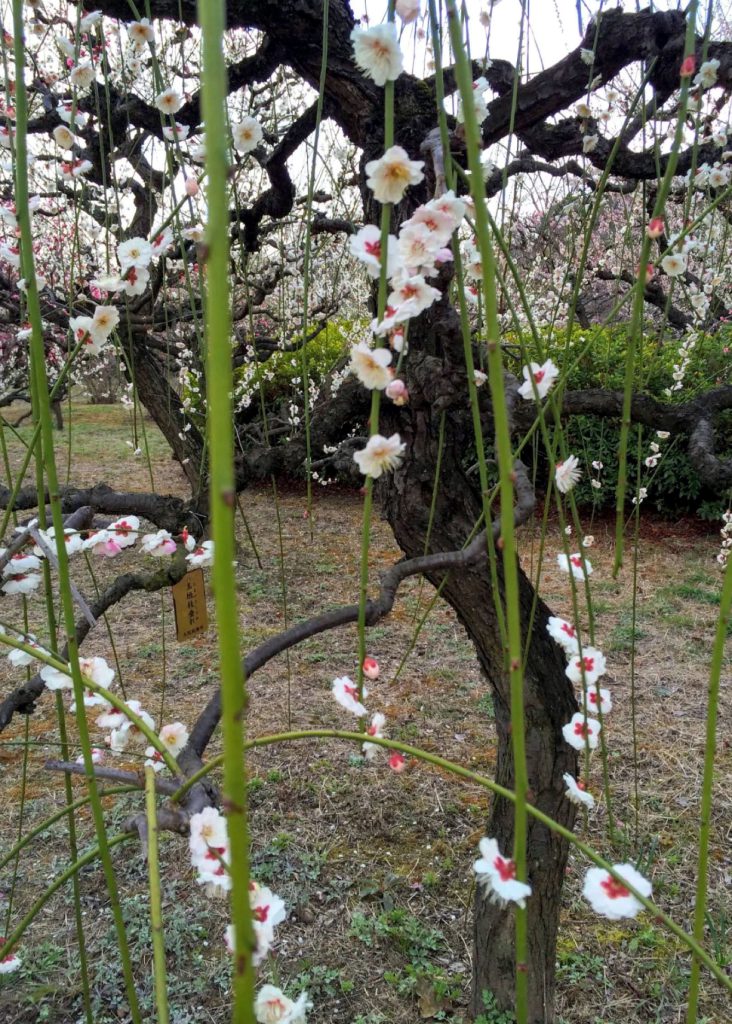
Hinamatsuri is a festival of peach festivals to pray for the healthy growth of girls. You will decorate the Hina dolls, decorate the peach blossoms, and enjoy eating and drinking such as white sake and sushi. According to a questionnaire survey, 91.2% of households celebrated the Hinamatsuri, which is the first festival. You can see that the traditional culture is deeply inherited. On the other hand, there is also a collaboration cafe that holds a Hinamatsuri event by pushing the popular anime “Kimetsu no Yaiba” to the front. During the period, Nezuko Kamado and Shinobu will welcome you in kimono, and there will be a limited drink with amazake arranged in a peach flavor. For many middle-aged and older generations, the “Kimetsu no Yaiba” itself is unknown. Set in the Taisho era in Japan, this is a sword fight anime that depicts a boy who is the main character fighting demons to return his sister who turned into a demon to a human being. The Hinamatsuri is also a good example of how it changes with the times.
♭♭♭ ひな祭り ♭♭♭
雛祭りは、女の子のすこやかな成長を祈る、桃の節句の祭り。雛人形を飾り、桃の花を飾って、白酒や寿司などの飲食を楽しみます。あるアンケート調査によれば、初節句となる雛祭りにお祝いをしたという家庭は91.2%だったそうです。伝統文化が根強く受け継がれている事が分かります。一方、今大流行のアニメ『鬼滅の刃』を前面に押し出して、雛祭りイベントを開催するコラボカフェもあります。期間中は禰豆子やしのぶさんたちが着物姿でお出迎え、甘酒を桃の風味にアレンジした限定ドリンクも出るとのこと。中高年世代の多くの人達にとっては『鬼滅の刃』自体が分かりません。日本の大正時代を舞台に、主人公の少年が鬼と化した妹を人間に戻すために鬼たちと戦う姿を描くチャンバラアニメです。雛祭りも時代に応じて様変わりするいい例ですね。

